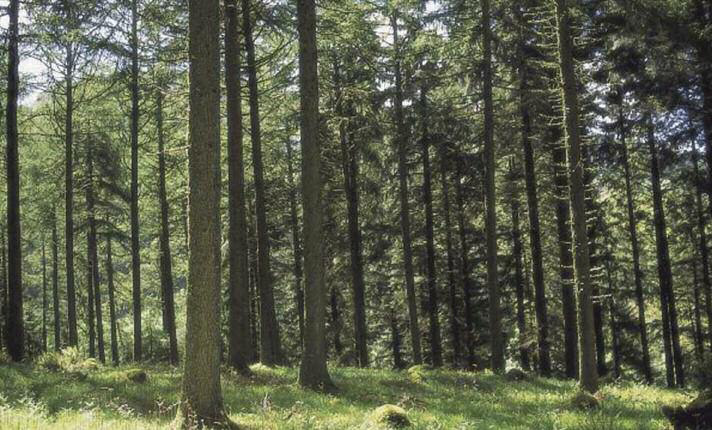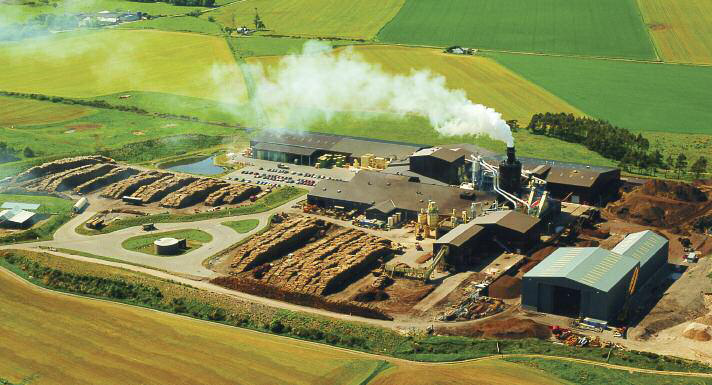Sustainable forestry helps save rare species
24 May 2011Norbord, European manufacturer of wood based panel products, sources all its virgin softwood in the UK from domestic forests, mainly in Scotland where the company manufactures its Sterling brand OSB panels.
The raw materials for this product are forest ‘thinnings’ (immature trees which are harvested while still small so as to provide space for the best specimens to grow) and trimmings from mature trees after felling. This material, although ideal for making OSB, is unsuitable for any other product and would otherwise be burned, says the company.
The forests which supply this material are nearly all owned and managed by the UK Forestry Commission, mostly in Scotland and, while these plantations fulfil an important commercial function, they also provide a unique habitat for rare bird species such as black grouse and capercaillie.
“We are required to adhere to strict habitat rules to avoid threatening these speciessays Doug Lamont, wood fibre procurement manager for Norbord. “For example, we can only fell timber at certain times of the year and only in carefully designated areas,he adds.
Sustainable forest management requires the selective felling of trees and re-planting with young saplings to ensure continued growth. Current practice encourages replanting with native species such as Scots Pine and various broadleaf trees including birch, alder and oak.
At present, most UK conifer forests are planted with introduced species such as lodge pole pine, sitka spruce and Douglas fir. These are fast-growing species which do well on marginal soil and provide good feedstock for OSB production.
Norbord has recently harvested around 80ha of non-native conifers felled in the Inshriach Forest in Glen Affric. Here, the Forestry Commission is clearing these trees to allow regeneration with native species.
While the replanting of native woodland provides the ideal habitat for many indigenous species, many native birds and mammals also thrive in commercial plantations. “We have red squirrels and a number of [the UK’s] other rare species resident in all these forestssays Mr Lamont. “In fact, there is evidence that pine crossbills do even better in Sitka spruce woods than in Scots pine,he adds.
Mr Lamont believes that the future of sustainable forestry lies in a balance between re-establishing native woodland and maintaining well-managed commercial plantations.
“The cycle of planting and harvesting fast-growing commercial conifer woods sustains an important industry and creates jobs. It is also a very efficient way of sequestering carbon from the atmosphere.
“Commercial forestry can work in partnership with schemes to re-establish native woodland to ensure the future of our natural heritage,he says.
“There’s a saying that ‘the forest that pays is the forest that stays’ and we need to keep that in mind for future generations.”

